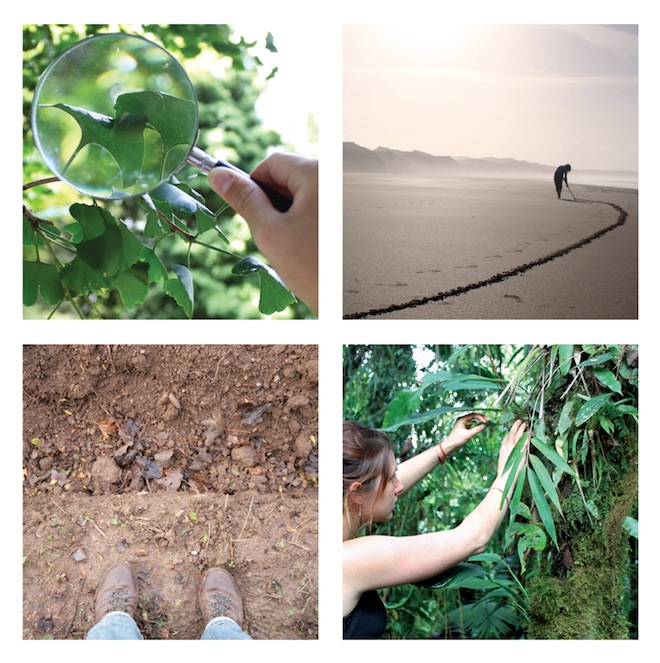Tom Baskeyfield’s Artist Statement
To The Field: Walking; Engaging; Connecting to Place
‘Many people nowadays live in a series of interiors – home, car, gym, office, shops – disconnected from each other. On foot everything stays connected, for while walking one occupies the spaces between those interiors in the same way one occupies those interiors…One lives in the Whole World’ – Rebecca Solnit
Over the past two years or so I have gone out walking. Of course I have been walking for the majority of my life, to school, to work, to the shops, but the difference is that before this time walking was merely transport; I felt the path under my feet but I wasn’t in tune with what was around me. During the past two years I have looked up from the path and started to see, hear and feel my surroundings. I have felt an awakening of consciousness through walking.
My walking takes me into the land; from the hard tarmac to the softer earth. This wandering has taken me to one specific place of late – Little Beach Field. The grass, the soil, the stones; the hedgerows, the trees, the waters edge – these are the basic elements of this place. Fields stand as a bridge between the human world and the non-human world, a place to contemplate our relationship with nature and ourselves as nature. The land is a powerful mirror. In it we can see the past, present and envision the future. Without the land, there will be no future!
My art derives from the land, in particular that that can be reached on foot from the front-door of my home. I am for an art that takes stock of the place in which it is made. This art should dig under the surface, uprooting the connective tissues that lie there to present a rich matter of knowledge. This art should also promote questioning and reflection; it should stimulate thought and develop understanding. I see walking as a thread that aids this process.
This connection to place I speak of is vital to the development of a deeper understanding of the ecology of our immediate surroundings and beyond. We live in very uncertain times. We have grown beyond our means. We have become disconnected from our environment. We have exploited the natural world for all that we need to survive, but this can not carry on. We must therefore become more aware of what surrounds us and develop tighter bonds to it. We must get out into it, get amongst it! I propose that walking is a good way to start.
